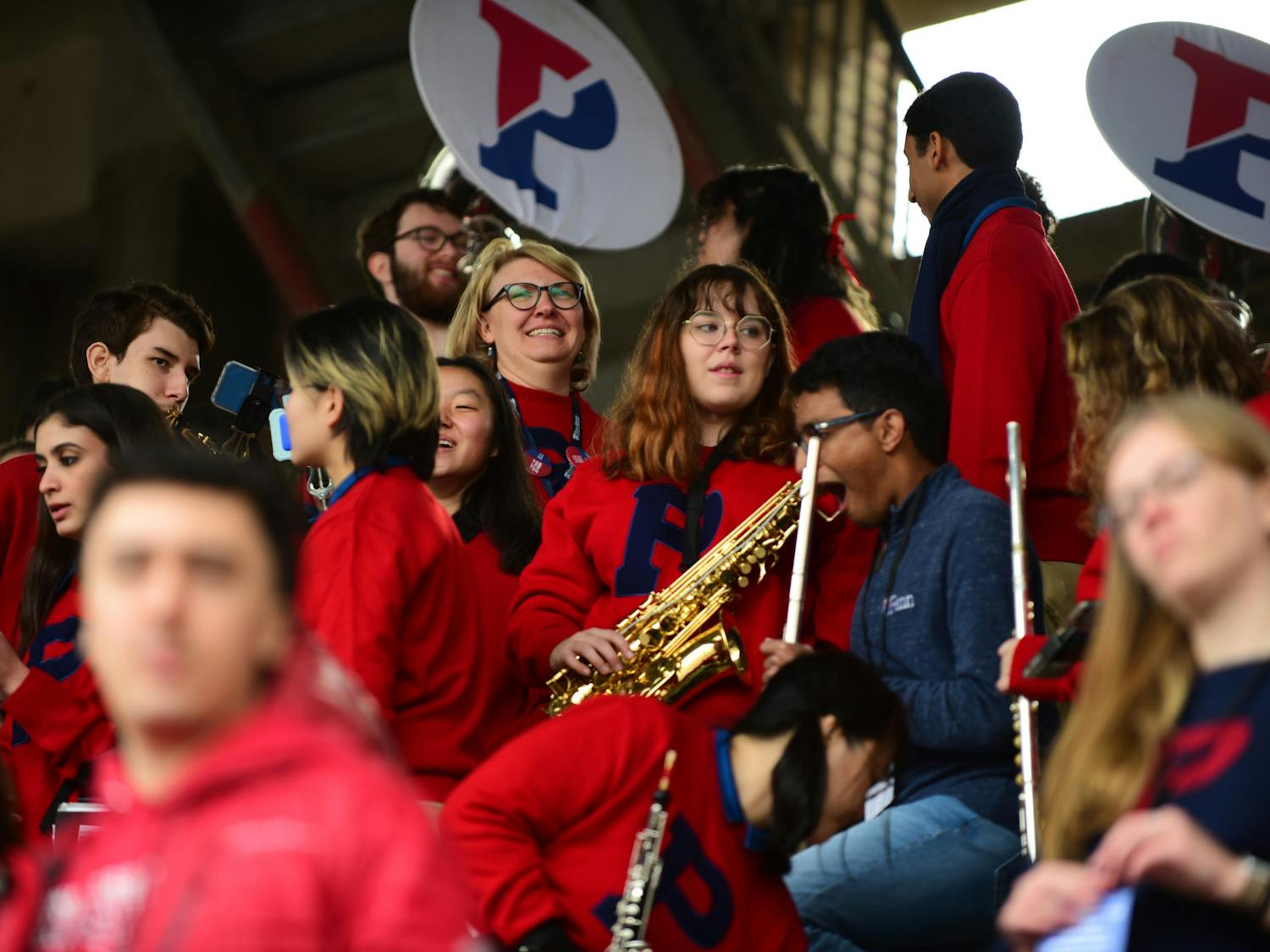The University of Pennsylvania is the seventh-richest institution of higher education in the country. In 2021, its endowment was valued at $20.5 billion. And yet, Penn — like other universities nationwide — is listed as a non-profit organization. This allows for Penn — the largest private landowner in Philadelphia — to legally pay zero property taxes to local governments.
Here’s the problem: The School District of Philadelphia (SDP) largely relies on funding from property taxes to support its students and families. Therefore our failure to contribute property taxes to the community directly and negatively impacts Philadelphia public schools. Penn has faced pressure to engage in Payments-in-Lieu-of-Taxes (PILOT) agreements for years, but the university consistently cites its support for partnership schools, like the Penn Alexander School, as sufficient contribution to the city and its failing education system.
The simple fact is this: Penn’s partnership with local elementary schools is an inadequate substitute for the very real money we owe the city of Philadelphia.
Before understanding why Penn Alexander does not relieve us from giving our fair share to the district, we must first recount what the partnership school is and why it was created in the first place.
Penn Alexander began as an experiment between the University, the School District of Philadelphia, and the Philadelphia Federation of Teachers back in 2001. The school’s development was part of a West Philadelphia initiative to invest in the community, as a means of curbing crime. Since its conception, Penn has pumped almost $700,000 annually into its partnership academy. Now, it’s one of the top middle schools in Philadelphia with a student population that performs well above the citywide average.
However, at Comegys Elementary, just 1.5 miles south, students face a different reality. There, proficiency in reading and math falls well below standard performance levels, with only 17% of students scoring above proficiency in Reading and 5% scoring above proficiency in Math.
The core difference between these institutions is not location, nor the socioeconomic makeup of the student body: It’s funding. The success at Penn Alexander is the result of a steady, robust stream of capital. The vast discrepancy in performance at both schools parallels deeper injustices across the entire school district.
Without intervention, the current funding crisis only stands to become worse. In 2020, it was estimated that Pennsylvania school districts were underfunded by $4.6 billion. In other words, Pennsylvania schools would need almost 5 billion additional dollars to ensure that all enrolled students were performing at proficiency in reading and math. The case of Pennsylvania’s failing education system is so extreme that in 2014, a lawsuit was filed against the commonwealth, arguing that Pennsylvania schools were so poorly served they violated the constitution. In Philadelphia, funding shortfalls per student are among the most extreme in the state.
But the current failings of Philadelphia’s school district point to a deeper question: How can we as a university close the chasm in educational opportunity in the city we inhabit? How can we ensure that every child receives the schooling that they deserve — one which enriches their love of knowledge, which motivates them to pursue a brighter future?
One solution is to distribute the money we delegate for partnership schools, like Penn Alexander, more evenly among the entire district. Many public schools — including Comegys — receive non-monetary support from the university, in the form of afterschool programs and teacher training. But imagine how much more these students could achieve, if provided with the financial resources needed to excel academically. Funding doesn’t have to be an abstract idea. The provision of finances can mean greater access to computers, nurses, music classes, librarians, and tutors — all things that would safeguard a student's chance at success.
Though it’s true that Penn must fulfill its greater commitment to Philadelphia, PILOTs aren’t necessarily the answer. Yes, lack of financial backing is a huge issue among the School District of Philadelphia. But so is leadership. We cannot simply pour money into local government and hope that the funds are distributed fairly among the education sector. Instead, Penn should adopt a funding model that financially supports entire districts, with extra weight towards the most under-resourced. If we manage to replicate our successes at Penn Alexander, Philadelphia could see unprecedented bounds in achievement, among students of all ethnic groups and financial backgrounds.
Perhaps then, we will live in the kind of Philadelphia where a student’s access to proper education is not decided by the borders surrounding her neighborhood, nor by the economic means of her family. The kind of city where knowledge serves as a springboard for social action. For implementing real and visceral change.
JULU NWAEZEAPU is a College sophomore studying behavioral and computational neuroscience from Chicago. Her email is julunwae@sas.upenn.edu.









